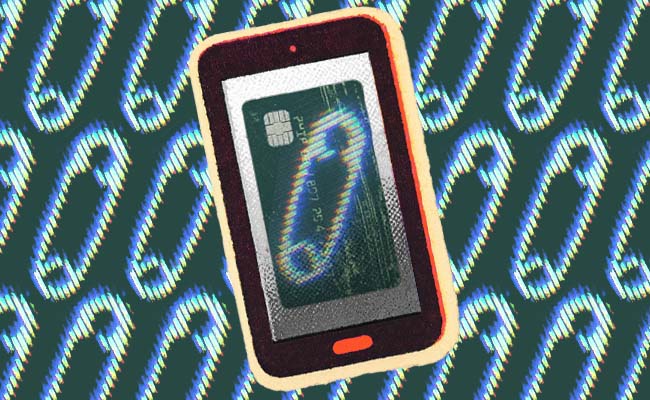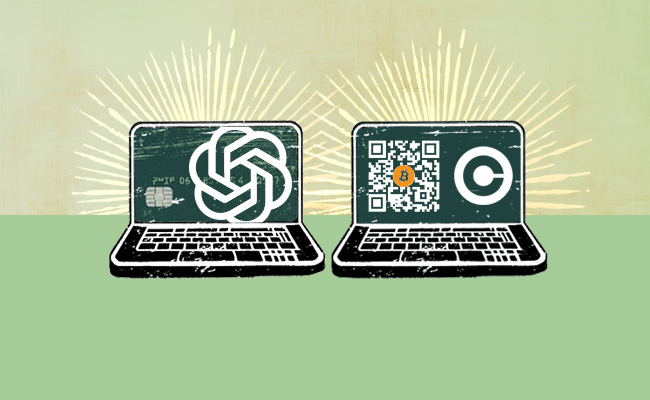We made payments fast. Fraudsters said thank you.
South Africa is racing into real-time payments, PayShap IDs, instant EFTs and money that leaves in seconds. That is good for cash flow and great for crooks.
The hottest scam in the world right now is authorised push payment (APP) fraud. APP fraud doesn’t hack IT systems – it tricks people into paying accounts. Criminals pretend to be suppliers, executives or clients, create urgency, and push someone to pay a fake invoice. No malware, no Hollywood hacking. Just a believable voice or video, an urgent request, and a finance clerk who wants to help.
In South Africa, when you press “send”, it’s usually your loss; banks treat the transaction as voluntary, not as theft. The UK has rolled out a mandatory reimbursement regime that compels banks to repay most APP victims under clear rules. We have no equivalent in South Africa. Our rails may get faster, but our refunds do not.
Beating the fraudsters
Meanwhile, the fraudsters have upped their game. AI voice and video cloning is now cheap and convincing. Executives have been duped on multi-person video calls, and cybersecurity leaders are reporting a dizzying rise in deepfake-assisted scams. The South African Banking Risk Information Centre’s 2024 stats tell the tale: digital banking crime accounted for most incidents, with social engineering doing the heavy lifting. This is not a tech breach. It is a people-and-process breach at machine speed.
“Fine,” you say. “That is why we buy cyber-insurance.” Not so fast. Most policies pay generously for data theft, recovery and certain liability risks, but authorised payments are another animal. The small “funds protect” or similar add-on you skimmed at renewal often carries low limits and strict verification rules. Miss a documented callback, pay a new beneficiary too fast or approve over your internal threshold, and you may just have voided your policy.
So what do proper internal payment risk controls look like?
Here are 20 “safety pins” that can protect your business:
1. Freeze first pays
Hold all new or changed beneficiaries for 48-72 hours and any payment above a board-set threshold. If your bank cannot do it on instant rails, build the delay yourself. Speed is optional. Loss is not.
2. Kill ad hoc numbers
Give verification only to pre-registered vendor contacts in your enterprise resource planning. Any phone number in an email or WhatsApp is automatically treated as fraudulent.
3. Make dual control real
Two people must approve. Nobody may override “in an emergency”. The only emergency is a fraudulent one.
4. Enforce exact bank account number and name checks
Check whether the account holder’s name and exact bank account details match the supplier name and bank account details on your records. No match, no money. Do not rely on someone “noticing”. Do not assume the bank got it right. Crooks have opened accounts in the vendor’s name.
5. Stage a heist against yourself
Run quarterly drills using AI voice/video clones of your execs. Break your own system before criminals do.
6. Align insurance with reality
Raise your social engineering limits to a level that enforces proper risk mitigation. Ensure insurance policy warranties and conditions mirror your actual process, or adjust your process to match your insurance requirements.
7. Pre-agree your recall route
Do not waste time scrambling for your bank’s call centre number during a crisis. Know exactly who to call, what to say and what steps to follow, and practise these so your team reacts in minutes, not hours.
8. Senior contact voice check
No new or changed beneficiary gets paid without speaking to a senior person at the vendor, pulled from your verified database. Call logged, checked and signed off by a senior company official – no exceptions.
9. Test payments
Send a small test amount first. Confirm receipt independently with the verified contact. If something smells off, the loss is a rounding error, not a catastrophe.
10. Cooling off for changed accounts
Treat any account change like a new supplier. Enforce a hard waiting period before the first big transfer. Crooks’ impatience often gives their game away; legitimate vendors understand.
11. Executive gatekeeper
Large payments must include a callback escalation to an executive or board delegate. Deepfakes rarely survive a real conversation with a real executive.
12. Two-channel verification
Confirm any new or changed banking details through two independent channels – for example, a voice call to a known number, and a pre-filed banking confirmation letter.
13. Lock geography
Restrict payment authorisations to pre-approved IP ranges or devices. Any new location triggers step-up authentication or a hard block.
14. Velocity tripwires
Flag first-time payments over threshold, multiple new beneficiaries in short succession, or suspicious spikes. Fraud rings spread the damage, and tripwires catch them early.
15. Name-ownership verification
Where banks offer it, use confirmation of payee or the equivalent. Name mismatch = payment freeze.
16. Out-of-hours lock
Block new or changed beneficiary payments outside business hours, unless a board member signs off. Friday at 4.29pm is the fraudster’s favourite time.
17. Escrow or split high values
For first-time large transactions, use escrow or break the sum up into instalments. This limits exposure and buys time for detection.
18. Behavioural monitoring
Use treasury or banking tools that flag deviations from your normal payment patterns (time, amount, frequency). Machines can catch what humans miss.
19. Lock the vendor master
Limit who can edit vendor details. Every change must have dual or triple authorisation, be logged, and be reviewed by someone outside accounts payable.
20. Train your supply chain
Run joint fraud simulations with key partners and suppliers. Your defence is only as strong as the weakest vendor who believes a fake email.
Boards, ask for a single-page risk heat map of electronic payments as soon as possible, including who can add a beneficiary, who can verify a change, what time locks exist, which call-backs are recorded, what the sub-limit is, and how long the “new beneficiary hold” is. If any answer is “we are not sure”, take immediate steps to become sure.
We are a country of fast “MacGyver” workarounds. That is why so many of our businesses win. But you cannot “move fast” with money in 2025. The bad guys have a faster rail and your exact voice.
Build friction and backstops in key areas, analyse your risk thoroughly with a professional risk adviser, and buy cover that matches the process you will actually follow. And assume every urgent payment request is a risk pressure test performance, because it probably is.
Tim Chadwicks is the CEO of Chadwicks. He advises South African businesses on insurance placement and supply-chain risk resilience.
- Love gone wrong: Scammers exploit online romance
- Travel scams take off as Africa heads for the skies
Top image: Rawpixel/Currency collage.
Sign up to Currency’s weekly newsletters to receive your own bulletin of weekday news and weekend treats. Register here.














